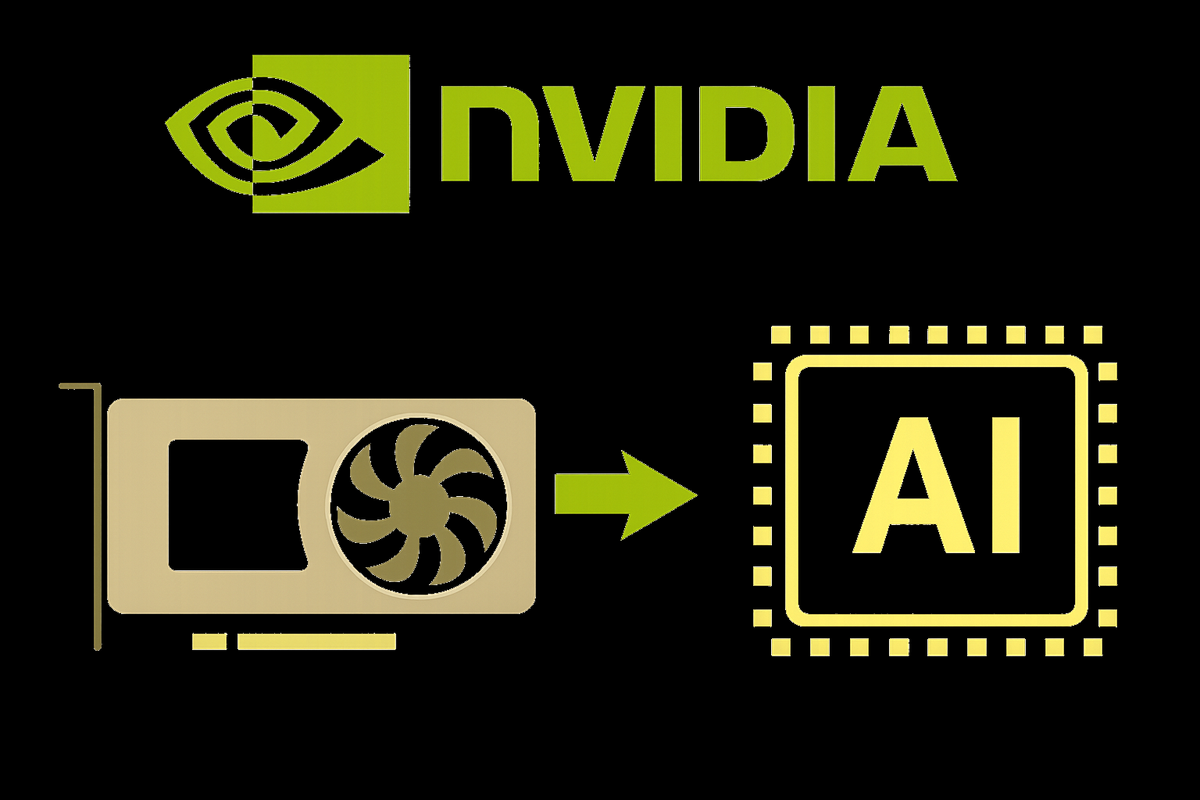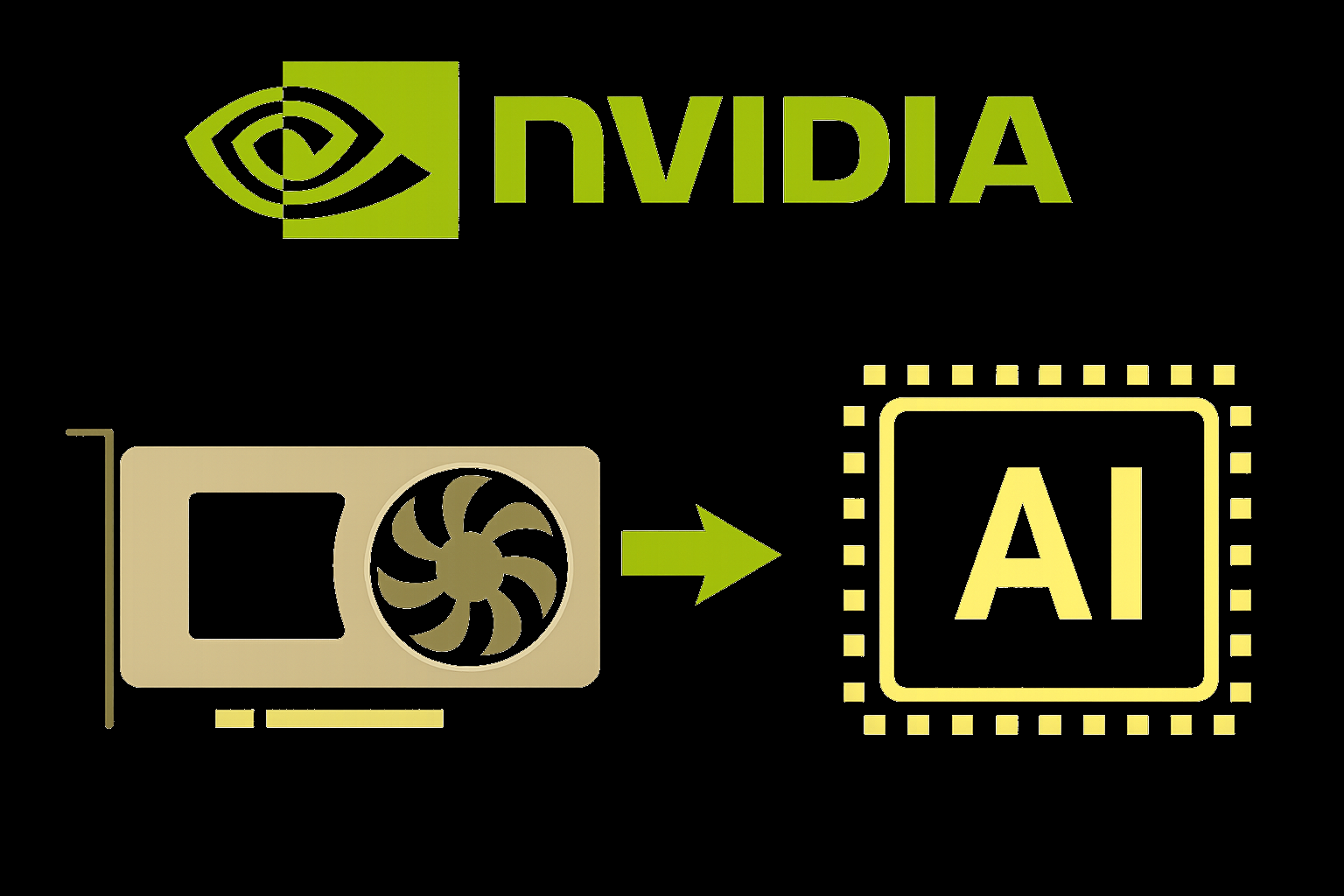History of NVIDIA: NVIDIA’s Rise: Gaming Pioneer to AI Leader


NVIDIA’s (NASDAQ:NVDA) journey from a niche graphics chip designer to a trillion-dollar AI juggernaut is one of the most remarkable stories in modern technology and finance. What began as a bold bet on 3D graphics for gamers has become a driving force behind everything from self-driving cars to generative artificial intelligence. The company’s ascent has reshaped entire industries, made early investors wealthy, and fundamentally altered the direction of global computing.
The Early Days: Betting on 3D Graphics
Founded in 1993 by Jensen Huang, Chris Malachowsky, and Curtis Priem, NVIDIA started with a singular vision: to create powerful graphics processing units (GPUs) that would make PC gaming more immersive. At the time, most computers used basic, generic graphics chips. NVIDIA saw an opportunity in the rising popularity of 3D games and multimedia computing.
The company’s first major success came in 1999 with the launch of the GeForce 256, marketed as the world’s first “GPU.” It delivered real-time 3D graphics rendering, allowing for more complex, visually rich gaming experiences. This product launch set the stage for NVIDIA’s dominance in the gaming hardware market throughout the 2000s.
Expanding Horizons: From Gaming to Data Centers
For much of its early history, NVIDIA’s fortunes were closely tied to the volatile gaming market. The company steadily released new generations of GPUs, catering to hardcore gamers and professional graphic designers alike. The introduction of the CUDA platform in 2006 marked a critical turning point. CUDA allowed NVIDIA’s GPUs to be programmed for general-purpose computing, not just graphics.
Suddenly, scientists, engineers, and developers in fields such as medical imaging, weather forecasting, and financial modeling began using NVIDIA GPUs to accelerate their workloads. The architecture’s parallel processing capabilities proved ideal for complex mathematical computations. This strategic shift diversified NVIDIA’s business beyond gaming and opened lucrative new markets.
The AI Revolution: GPUs Powering the Next Wave
By the mid-2010s, the explosion of artificial intelligence and deep learning catapulted NVIDIA to the forefront of global technology. Researchers discovered that GPUs were exceptionally well-suited to training the large neural networks powering advances in AI. NVIDIA capitalized by developing hardware and software optimized for AI workloads, quickly becoming the go-to supplier for tech giants, research labs, and startups alike.
The company’s A100 and H100 chips became the backbone for AI training, powering everything from self-driving cars to ChatGPT-like models. NVIDIA’s software ecosystem—particularly its CUDA platform and AI libraries—cemented its position as the default standard for machine learning infrastructure.
Financial Ascent: Wall Street Darling
NVIDIA’s growth has been mirrored by its astonishing stock performance. Listed on the NASDAQ as (NASDAQ:NVDA), the company transformed from a mid-cap chipmaker to one of the world’s most valuable publicly traded companies. Key financial milestones include:
- Surpassing $1 trillion in market capitalization in 2023, a feat achieved by only a handful of tech giants.
- Explosive revenue growth, with data center and AI-related sales eclipsing gaming revenue for the first time in 2023.
- Strong operating margins fueled by high demand and premium pricing for cutting-edge chips.
NVIDIA’s dominance has allowed it to weather industry cycles that battered competitors. Its close partnerships with cloud computing providers, automotive manufacturers, and leading AI startups further entrenched its position.
Strategic Acquisitions and Ecosystem Expansion
Beyond organic growth, NVIDIA has made several strategic acquisitions. Its $6.9 billion purchase of Mellanox Technologies in 2020 strengthened its position in high-speed networking, crucial for AI data centers. While the ambitious attempt to acquire ARM Holdings ultimately failed due to regulatory concerns, the move showcased NVIDIA’s ambitions to shape the future of global computing infrastructure.
NVIDIA’s software ecosystem has also expanded, with platforms like Omniverse for industrial digital twins, NVIDIA DRIVE for autonomous vehicles, and enterprise AI solutions for health care and financial services.
Risks and Challenges
Despite its stellar run, NVIDIA faces competitive and regulatory risks. The global race for AI supremacy has drawn competition from rivals such as AMD and custom in-house chips from cloud giants. Export restrictions on advanced chips to certain countries, geopolitical tensions, and the cyclical nature of the semiconductor industry all pose potential headwinds.
The Road Ahead: AI, Robotics, and Beyond
NVIDIA’s role as a foundational enabler of artificial intelligence continues to grow. The company is investing heavily in next-generation chips, robotics, quantum computing, and edge AI solutions. Its influence extends from massive cloud data centers to autonomous machines, smart factories, and beyond.
As artificial intelligence becomes increasingly integrated into every facet of the global economy, NVIDIA’s ability to innovate and execute will likely determine the next chapter of its historic ascent. From a scrappy startup focused on gaming graphics to a cornerstone of the AI age, NVIDIA’s rise has reshaped not just technology, but the very fabric of the digital world.
Disclaimer: This article is for informational purposes only and does not constitute financial advice or a recommendation to buy or sell any security. Investors should conduct their own research or consult a professional before making investment decisions.



